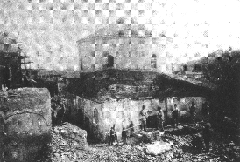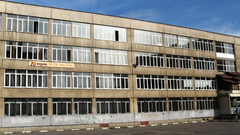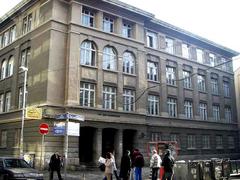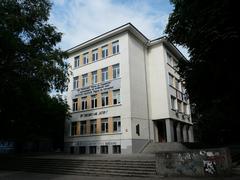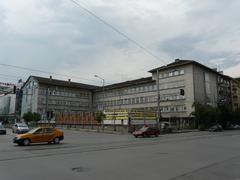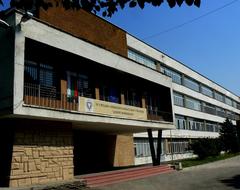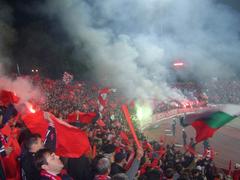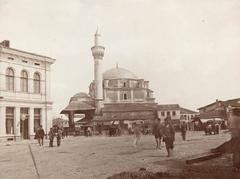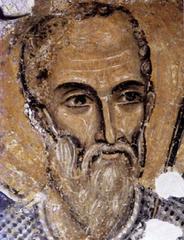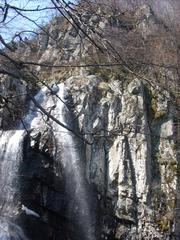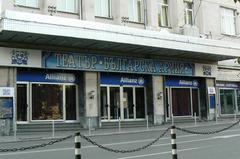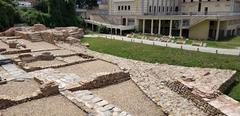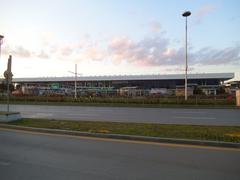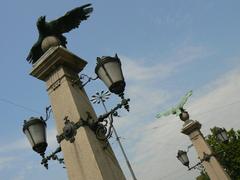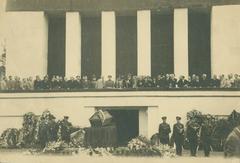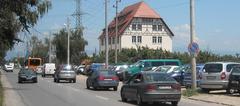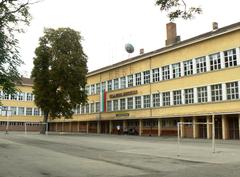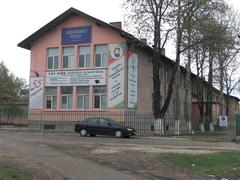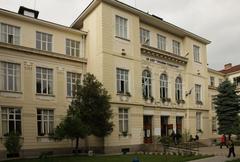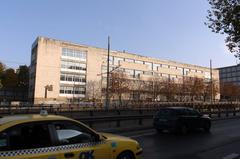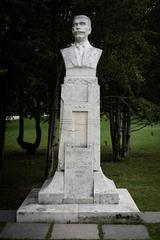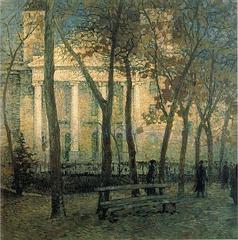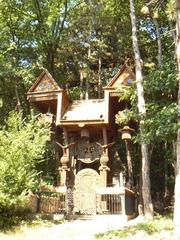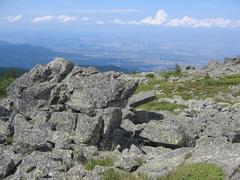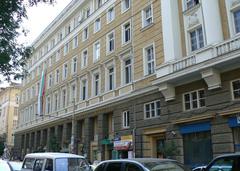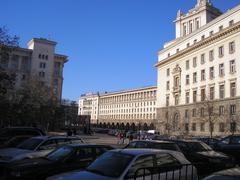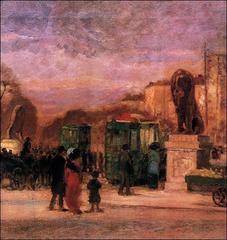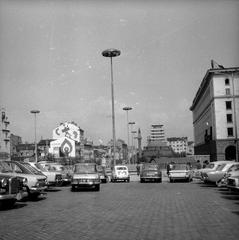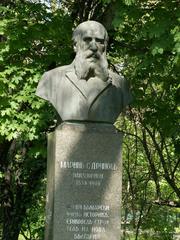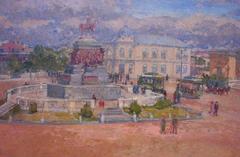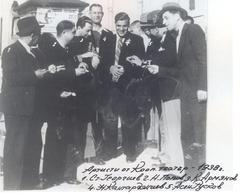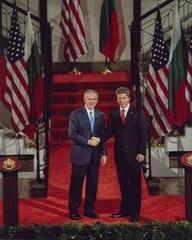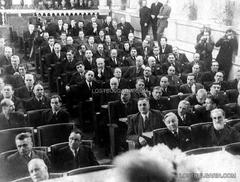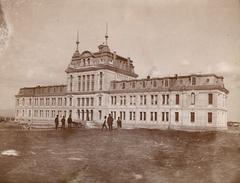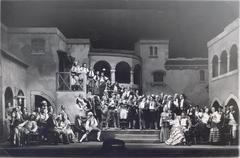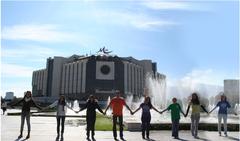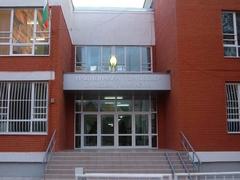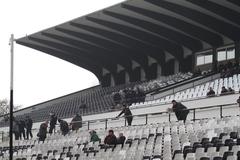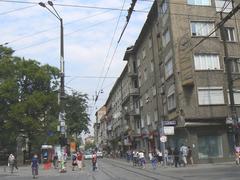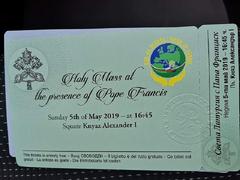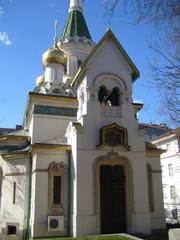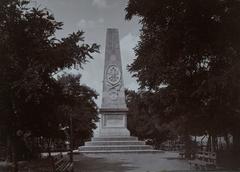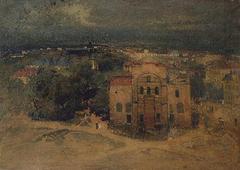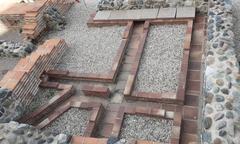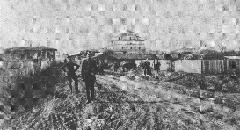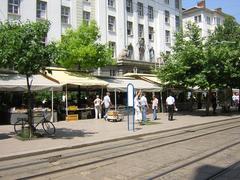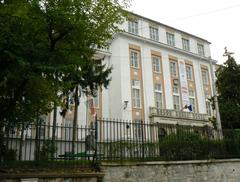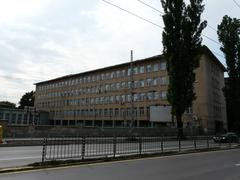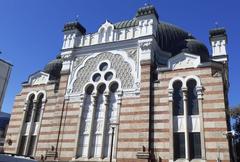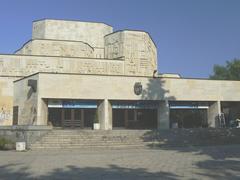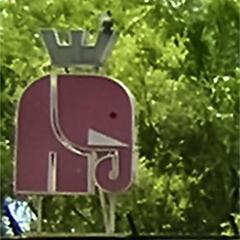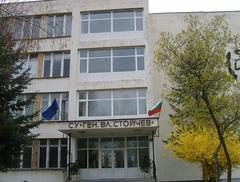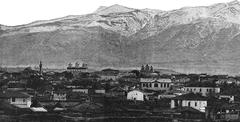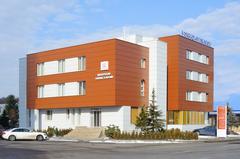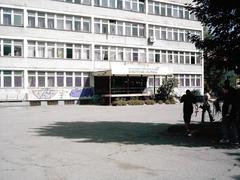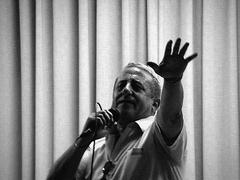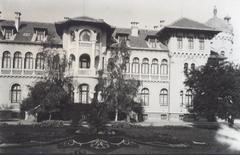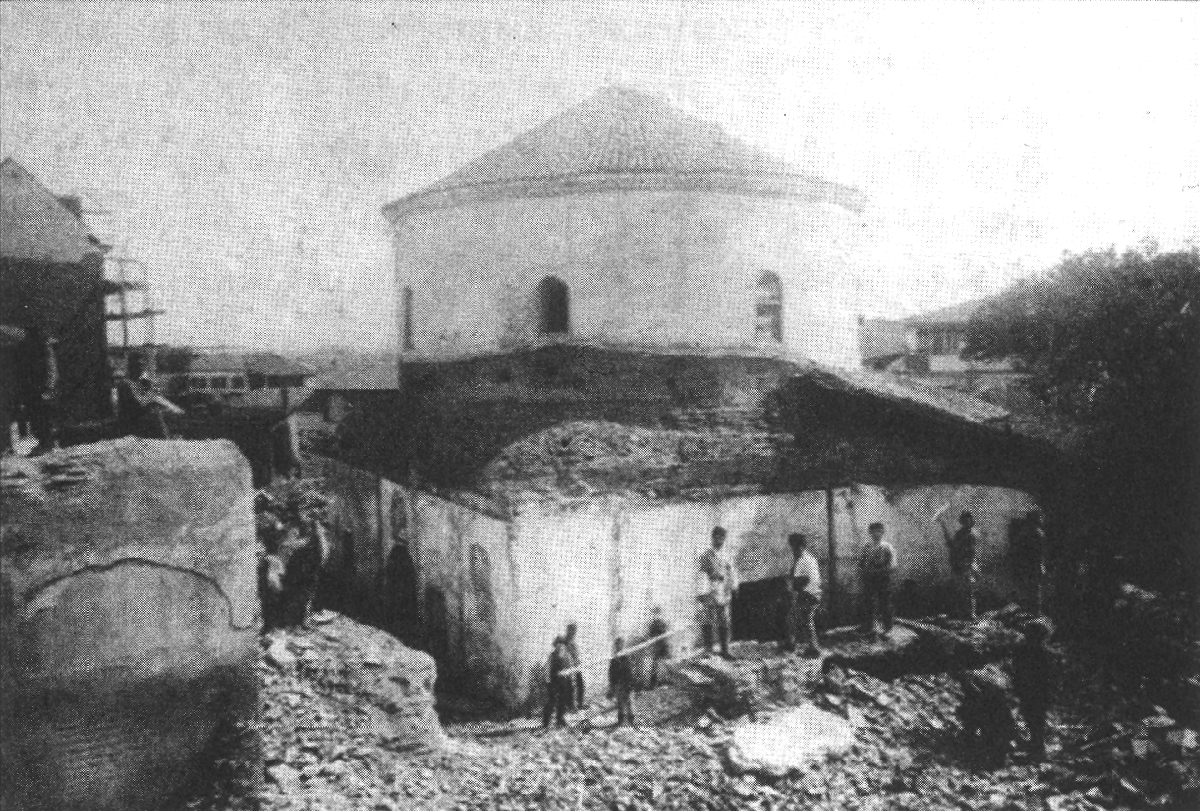
Saint George Rotunda Church, Sofia: Visiting Hours, Tickets, and Historical Significance
Date: 14/06/2025
Introduction
The Saint George Rotunda Church, nestled in the heart of Sofia, Bulgaria, is the city’s oldest preserved building and a remarkable testament to over 1,700 years of history. Constructed in the early 4th century CE during the reign of Roman Emperor Constantine the Great, the rotunda has witnessed transformations from a Roman public building to a Christian church, a mosque during Ottoman rule, and ultimately back to a Christian site. Its layered frescoes, robust Roman architecture, and central location make it a must-see for anyone exploring Sofia’s historical and cultural heritage.
This guide draws on authoritative sources—including the Sofia Municipality, National Archaeological Institute with Museum, Bulgarian Academy of Sciences, and UNESCO World Heritage Tentative List—to provide detailed information on visiting hours, tickets, accessibility, and the church’s historical significance.
Table of Contents
- History of the Saint George Rotunda
- Visiting the Saint George Rotunda
- Architectural Highlights and Archaeological Significance
- Cultural Importance and Community Role
- Frequently Asked Questions (FAQs)
- Conclusion
- References and Further Reading
History of the Saint George Rotunda
Roman Origins and Construction
The Saint George Rotunda, locally known as Sveti Georgi, dates back to the early 4th century CE. Built during the reign of Emperor Constantine the Great, it was originally part of ancient Serdica, a key Roman city (Sofia Municipality). The rotunda’s circular red-brick structure, about 9.5 meters in diameter, exemplifies Late Antique architectural prowess.
Initially, the rotunda likely served as a Roman public building—possibly a baptistery or mausoleum—situated within an imperial complex near Roman streets and baths, remnants of which remain visible today (National Archaeological Institute with Museum).
Byzantine, Medieval, and Bulgarian Significance
By the 6th century, the rotunda was consecrated as a Christian church dedicated to Saint George, a revered military saint in Eastern Orthodoxy. During the First Bulgarian Empire, it served as a cathedral, and its interior was richly decorated with 10th-century frescoes—some of the oldest surviving examples of Bulgarian religious art (Bulgarian Academy of Sciences).
The church’s status fluctuated over the centuries, but it remained a vital spiritual and cultural landmark, even temporarily housing the relics of Saint Ivan of Rila and King Stefan Milutin (Wikipedia).
Ottoman Period: Conversion and Adaptation
Following the Ottoman conquest in 1382, the rotunda was converted into a mosque known as Gül Camii. Christian frescoes were plastered over, and Islamic motifs and inscriptions were added (Encyclopaedia Britannica). Despite these changes, the core structure and much of its artistic heritage survived beneath the surface.
Modern Era: Rediscovery and Restoration
After Bulgaria’s liberation in 1878, the rotunda was restored as a Christian church. Early 20th-century restoration efforts uncovered five layers of frescoes, revealing a palimpsest of religious art spanning from the 10th to 14th centuries (UNESCO World Heritage Tentative List; Bulgarian Guide).
Visiting the Saint George Rotunda
Location and Accessibility
The rotunda is centrally located at 2 Kniaz Dondukov Blvd., Sofia, Bulgaria, in a courtyard surrounded by the Presidency and the Sofia Hotel Balkan (My Guide Bulgaria). It is easily accessible on foot from the Serdika Metro Station, and public transport connections are plentiful.
Accessibility:
While there are ramps at the entrance, the sunken courtyard and uneven surfaces may pose challenges for visitors with mobility impairments. Assistance may be necessary for wheelchair users, as there are steps and no elevators inside (Bulgaria Info Guide).
Visiting Hours and Tickets
- General Hours: Open daily from 9:00 AM to 6:00 PM. Hours may vary on public holidays or during special religious events.
- Admission: Entry is free for individual visitors; donations are welcome and support conservation efforts. For group or guided tours, contact the church in advance to ensure availability.
Religious Services
The rotunda remains an active place of worship, with daily Orthodox services:
- Matins: 8:00 AM
- Divine Liturgy: Around 9:00 AM
- Vesper: 5:00 PM
Visitors are welcome to attend, but should dress modestly and behave respectfully, especially during services (My Guide Bulgaria).
Tips for Visitors
- Dress Code: Shoulders and knees should be covered; hats removed inside.
- Photography: Allowed without flash or tripods; confirm current policy on site.
- Best Time to Visit: Early morning and weekday afternoons are less crowded.
- Facilities: No cloakroom or restrooms inside; nearby hotels and cafés offer amenities.
- Guided Tours: Available via local agencies; booking in advance is recommended during peak seasons.
Nearby Attractions
Within walking distance:
- Alexander Nevsky Cathedral
- National Archaeological Museum
- Church of St. Sophia
- Ivan Vazov National Theater
- The ruins of ancient Serdica
Architectural Highlights and Archaeological Significance
The rotunda’s robust Roman engineering features thick red-brick walls, a central dome (13.7 meters high), and a square base with semicircular niches. Its symmetrical layout, use of pendentives, and harmonious proportions are hallmarks of Late Antique architecture (Ancient Origins).
Interior Frescoes: Five layers of frescoes—dating from the 4th through the 14th centuries—adorn the rotunda’s interior. Notable highlights include:
- 10th-century angel frescoes beneath the dome
- 12th- and 13th-century depictions of prophets and biblical scenes
- Ottoman-era Islamic motifs
Archaeological Context: The rotunda is part of a larger complex with Roman streets, a hypocaust heating system, and other ruins that provide a direct link to ancient Serdica (My Guide Bulgaria).
Cultural Importance and Community Role
The Saint George Rotunda is more than a monument; it is a living center of worship, pilgrimage, and cultural events. It hosts daily Orthodox liturgies, concerts, and military ceremonies on significant dates (European Heritage Days). Its veneration of Saint George influences Bulgarian naming traditions—“Georgi” is one of the most common male names in the country (BNR)—and its image is a symbol of national identity.
The rotunda is also a focal point for research and scholarship, attracting historians and archaeologists interested in the evolution of Christian architecture and art in Southeastern Europe (Wikipedia).
Frequently Asked Questions (FAQs)
Q: Is there an entrance fee?
A: Entry is free; donations are appreciated.
Q: What are the opening hours?
A: Generally 9:00 AM to 6:00 PM daily; verify times during holidays or special events.
Q: Is the site wheelchair accessible?
A: Partially; ramps are available, but steps and uneven surfaces may require assistance.
Q: Can I attend religious services as a visitor?
A: Yes; modest dress and respectful conduct are expected.
Q: Are guided tours available?
A: Yes, through local agencies and city walking tours.
Q: Can I take photographs inside?
A: Yes, without flash or tripods. Confirm current policy on arrival.
Conclusion
The Saint George Rotunda Church is an essential Sofia historical site, combining ancient architecture, rich frescoes, and a vibrant spiritual life. Its central location, accessibility, and ongoing role in religious and cultural life make it a highlight for any visitor to Sofia. For a meaningful experience, plan your trip during off-peak hours, respect the sacred nature of the site, and consider a guided tour or using an audio guide app like Audiala.
Stay updated on hours and events via official resources, and explore nearby landmarks to enrich your understanding of Sofia’s layered heritage.
References and Further Reading
- Sofia Municipality – Saint George Rotunda
- National Archaeological Institute with Museum
- Bulgarian Academy of Sciences
- UNESCO World Heritage Tentative List
- Encyclopaedia Britannica
- European Heritage Days
- Sofia Tourism Official Website
- WhichMuseum: The Rotunda Church of St George Sofia
- My Guide Bulgaria
- Bulgaria Info Guide
- Bulgarian Guide
- Ancient Origins
- BNR
- Wikipedia – Church of Saint George, Sofia
- Balkan Kaleidoscope
- Cestee
- Travels Helper
- The Brain Chamber
- Visit Bulgaria
